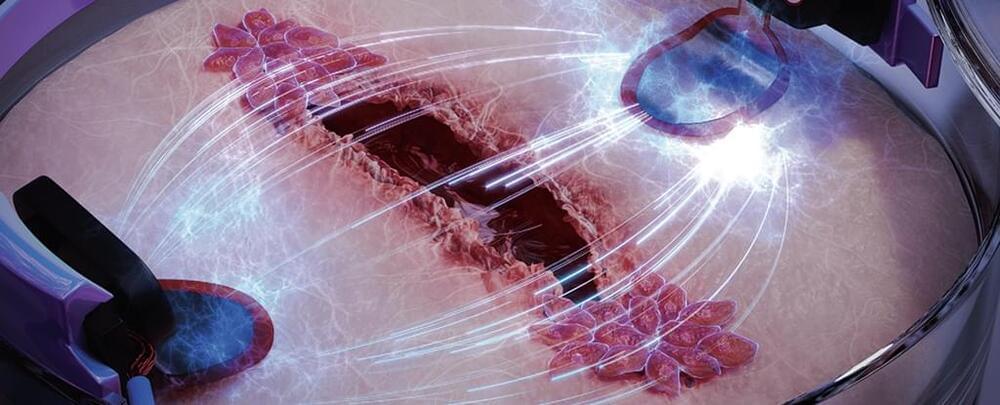Researchers from EPFL and IBM have created a novel laser that could revolutionize optical ranging technology. This laser is constructed from lithium niobate, a material frequently utilized in optical modulators to regulate the frequency or intensity of light transmitted through a device.
Lithium niobate is highly valued for its ability to manage large amounts of optical power and its high “Pockels coefficient.” This allows the material to alter its optical properties when an electric field is applied to it.
The researchers achieved their breakthrough by combining lithium niobate with silicon nitride, which allowed them to produce a new type of hybrid integrated tunable laser. To do this, the team manufactured integrated circuits for light (“photonic integrated circuits”) based on silicon nitride at EPFL, and then bonded them with lithium niobate wafers at IBM.






